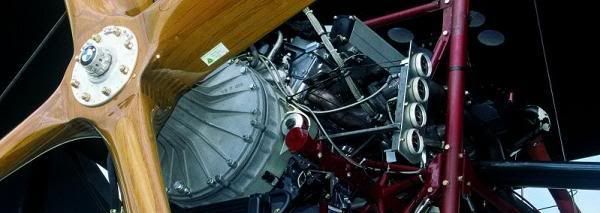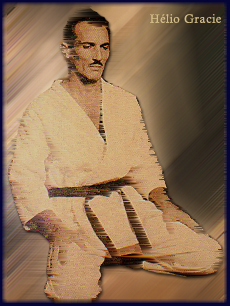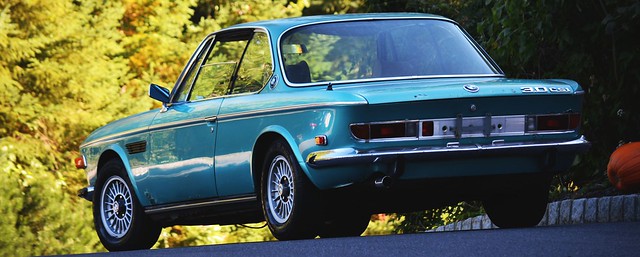Helio Gracie, legendary patriarch of the Gracie family and father of Brazilian Jiu-Jitsu, has passed away at the age of 95. The world of MMA has lost a legend.
Brazilian Jiu Jitsu begins back in the early 1900's. The Japanese government was eager to set up a Japanese colony in Brazil. To help lead this venture, they sent over a man named Esai Maeda, also known as "Count Koma".Gastão Gracie, a Brazilian politician, befriended Maeda and helped him and his new venture. As a show of gratitude, Maeda agreed to teach Gastão's eldest son Carlos, the secrets of the Japanese martial art; Jiu Jitsu. Maeda happened to be a former champion back in
Japan, and proved to be a very effective teacher. Carlos, a teenager, trained under the watchful eyes of Maeda for the next few years. As fate , in 1923 Maeda returned back to his homelands and left Carlos alone with no master.
Carlos, needing someone to train with, had taught his younger brother Helio the art. Together, these resilient brothers morphed Jiu Jitsu more and more each day into something that would eventually change the martial arts world forever. Neither Carlos or Helio were men of great size or strength. Especially Helio, a frail boy who often weighed around 140 pounds or so. Because of this, they based many of their modifications on position and leverage rather than size and strength. The concept behind their creations were that a smaller, weaker man could effectively win in a fight against a bigger, stronger man. The mean streets of Brazil acted as very good testing grounds for these new modifications.Tested over and over again in challenge matches and professional Vale Tudo (No holds barred) fights, these new fighting techniques proved to be the most effective form of self defense around.

Brazilian Jiu Jitsu begins back in the early 1900's. The Japanese government was eager to set up a Japanese colony in Brazil. To help lead this venture, they sent over a man named Esai Maeda, also known as "Count Koma".Gastão Gracie, a Brazilian politician, befriended Maeda and helped him and his new venture. As a show of gratitude, Maeda agreed to teach Gastão's eldest son Carlos, the secrets of the Japanese martial art; Jiu Jitsu. Maeda happened to be a former champion back in
Japan, and proved to be a very effective teacher. Carlos, a teenager, trained under the watchful eyes of Maeda for the next few years. As fate , in 1923 Maeda returned back to his homelands and left Carlos alone with no master.
Carlos, needing someone to train with, had taught his younger brother Helio the art. Together, these resilient brothers morphed Jiu Jitsu more and more each day into something that would eventually change the martial arts world forever. Neither Carlos or Helio were men of great size or strength. Especially Helio, a frail boy who often weighed around 140 pounds or so. Because of this, they based many of their modifications on position and leverage rather than size and strength. The concept behind their creations were that a smaller, weaker man could effectively win in a fight against a bigger, stronger man. The mean streets of Brazil acted as very good testing grounds for these new modifications.Tested over and over again in challenge matches and professional Vale Tudo (No holds barred) fights, these new fighting techniques proved to be the most effective form of self defense around.









Comment